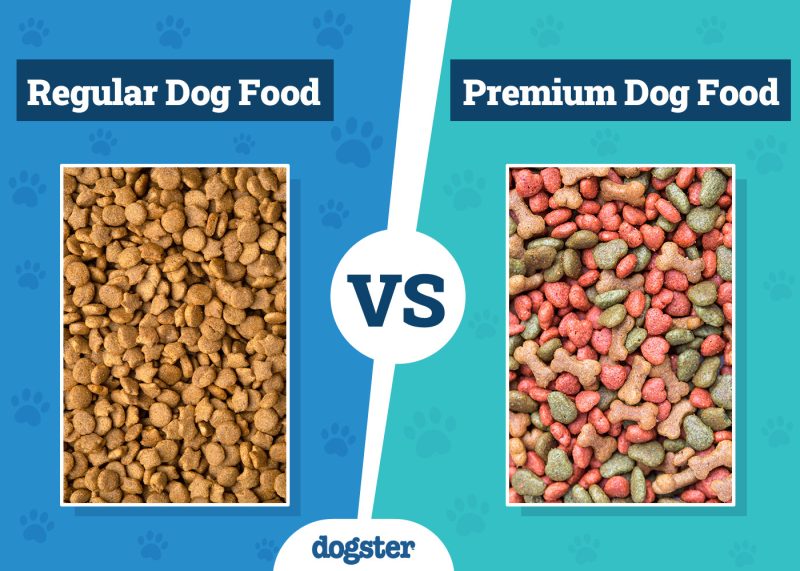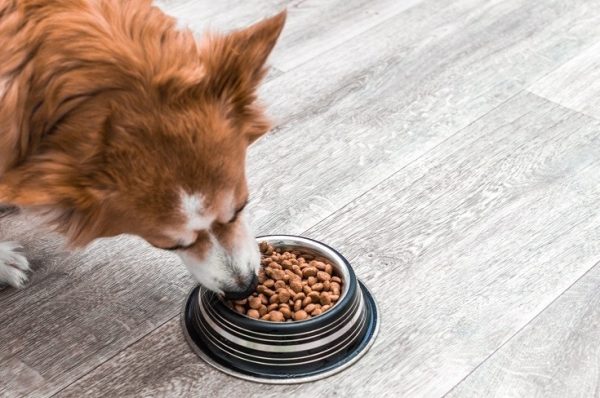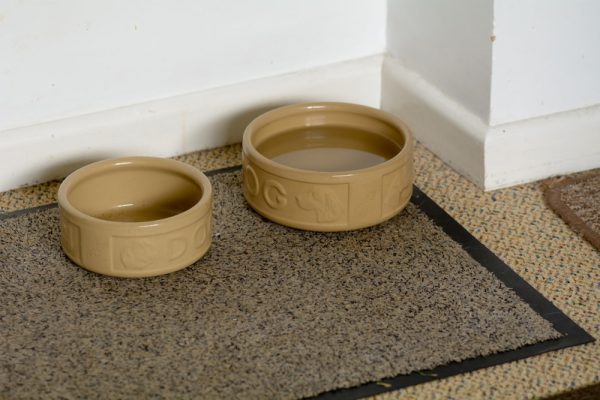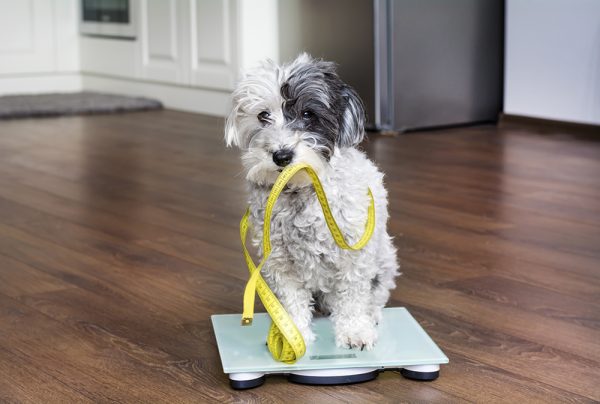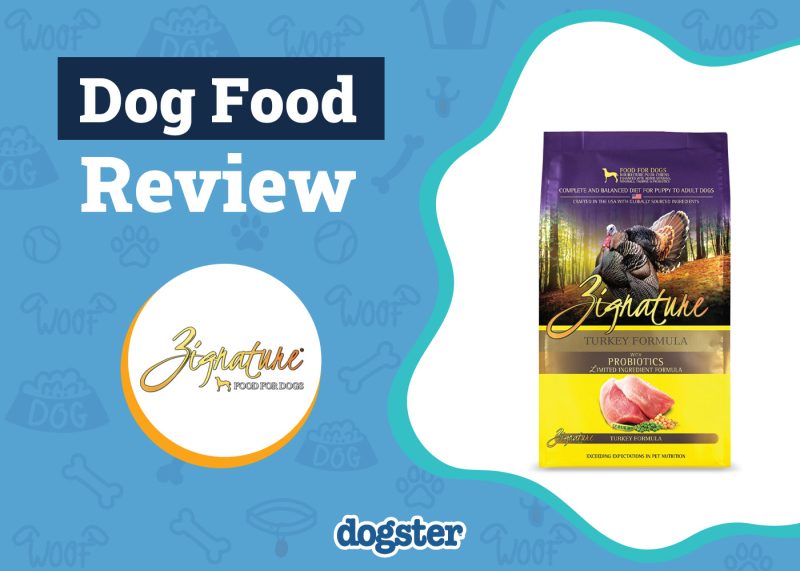Puppyhood is an important time in a dog’s life that’s marked by significant growth and development. Puppies have many needs and require a great deal of time and attention to ensure that they grow up to become healthy adult dogs.
The key component of caring for a puppy is nutrition. Your pup’s food intake plays an essential role in their growth and development, so it’s important to be well-informed about their needs.
There’s a lot to learn about diet and nutrition for puppies. We recommend first consulting your veterinarian to determine the best diet for your pet. That said, here are the basic things to keep in mind when feeding your puppy.

Before You Start
Since nutrition plays such a crucial role in your puppy’s growth and development, it’s best to discuss your puppy’s diet and nutrition with your veterinarian. Make sure to stay on top of your puppy’s physical exams so your vet can help you track your pet’s growth and ensure that they’re staying healthy.
Your veterinarian will be an excellent resource for asking questions about your puppy’s nutritional needs. You can also ask them for recommendations for dog food that would be a good fit.
The 10 Tips for Feeding a Puppy
1. Know Your Puppy’s Nutritional Needs
Your puppy’s nutritional needs will depend on a variety of factors, including their breed, weight, and how many weeks old they are. Small and large breeds have different requirements, and feeding them incorrectly will lead to malnutrition and unhealthy growth and development.
For example, small-breed puppies usually have to consume more calories per pound than large-breed puppies because of their higher metabolic rates. In general, large and giant breed puppies need to eat food that has lower amounts of energy and calcium for healthy joint development. Pumping them full of calcium and calories will lead to unsustainable joint growth and increased risk of hip dysplasia, osteochondrosis dessicans, and other joint problems.
Along with asking your veterinarian for recommendations, look for puppy food that’s either breed-specific or size-specific. This is more important for large breeds, as small and medium breed puppy food will be nutritionally similar. Regardless of the marketing on the bag of food, you still need to ensure that the nutrient profile suits your pet. As an estimate for large breed puppies, choose food containing 0.8% to 1.2% calcium on a dry-matter basis.

2. Transition to New Food Slowly
Puppies have sensitive stomachs, so it’s important to do slow and gradual transitions if you plan to change to new food. It should take at least a week to transition from one type of puppy food to another.
Start by dividing your puppy’s meal proportions into 25% new food and 75% old food. Serve the food like this for 2–3 days. Then, increase the amount of new food so the proportions are 50% new food and 50% old food. Feed your puppy these portions for another 2–3 days. Then, change the proportions again so you’re now feeding your puppy 75% new food and 25% old food. Wait another 2–3 days before switching completely to the new puppy food.
Sometimes, puppies can have diarrhea or vomit if they eat new food. If you notice that your puppy isn’t eating at all or feeling sick from the new food, contact your veterinarian.
3. Schedule Multiple Meals a Day
Refrain from free-feeding and letting your puppy graze throughout the day. Instead, schedule three to four meals throughout the day, as this will have significant benefits.
Scheduling meals can help you better track how much your puppy is eating, which can prevent both overeating and undereating. It can also help make potty training easier because you have a better idea of when to let your puppy out to poop.

4. Don’t Force Your Puppy to Eat
Sometimes, your puppy won’t feel enthusiastic about eating, but they shouldn’t be forced to eat. Instead, give your puppy around 10–15 minutes to start eating their food. If they’re not interested, you can remove their food bowl and try again later.
If your puppy consistently isn’t eating their food consult your veterinarian to ensure your pet’s lack of appetite isn’t due to an underlying health condition.
5. Chart Your Puppy’s Weight and Growth
Recording your puppy’s measurements can help you keep track of healthy growth and development. It’s also helpful for helping them maintain a healthy body weight, as you can quickly adjust how much food your puppy eats by looking at your records.
Puppies grow a lot during their first year, and you can see significant changes within just a couple of weeks. It’s recommended to record your puppy’s weight every few weeks in the beginning, to every few months as their growth rate slows. For adults, weighing them a few times a year is fine.
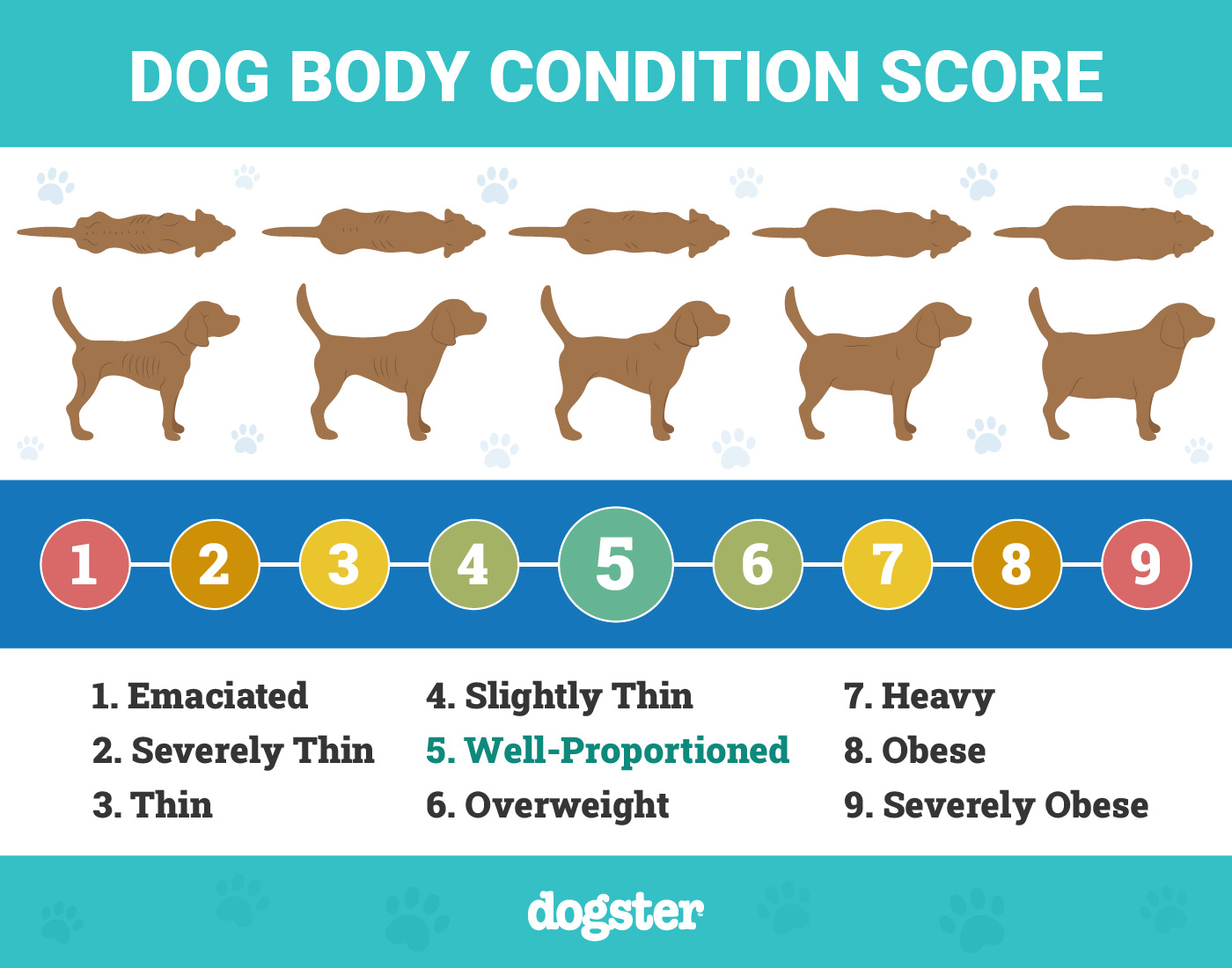
6. Be Mindful of How Many Treats Your Puppy Eats
Puppyhood is marked by a lot of training, which typically involves a lot of treats. So, make sure to keep track of how many treats you’re giving your puppy so you’re not overfeeding them and causing excessive weight gain. Opt for low-calorie training treats, and choose healthy whole foods like fruits and vegetables whenever you can. Treats should make up no more than 10% of the diet.
7. Avoid Feeding Your Puppy Table Scraps
Sharing your meal with your puppy can quickly lead to weight gain, other health issues, and bad habits. A lot of the food that we eat can be too rich in fat or seasonings for puppies, and they can end up getting an upset stomach from eating table scraps. Some human food is also toxic to dogs, so learning what foods they can and can’t eat is essential.
Feeding your puppy food off your table can also reinforce bad behavior, as your puppy can learn that they can get tasty food if they whine, jump, or beg. So, it’s best to avoid this altogether and stick to feeding your puppy food and treats specifically made for dogs.

8. Don’t Give In to Begging
It’s difficult to resist puppy eyes, but refrain from feeding your puppy when they’re begging, whining, or barking for food. Puppies are quick to pick up on methods that reward them with attention or treats. So, they’ll eventually learn that all they have to do is bark or whine at you if you consistently feed them or give them attention when they make some noise.
Instead, have your puppy sit and stay before you set down their food bowl. Have them wait for you to release them from the stay command before they eat. Scheduling mealtimes can also prevent begging, as puppies will learn when it’s time to eat once you’ve established a consistent routine with them.
9. Don’t Add Supplements Without Veterinarian Approval
In general, high-quality puppy food will contain all the nutrients your puppy needs, and additional supplements or vitamins aren’t necessary. In fact, overdoing it on supplements can mess with healthy growth and development. For example, adding a calcium supplement can lead to a relative deficiency of phosphorus and skeletal problems.
Always consult your veterinarian before adding supplements to your puppy’s diet. Your veterinarian can run a physical exam on your puppy to make sure they are in good condition and discuss their diet with you.
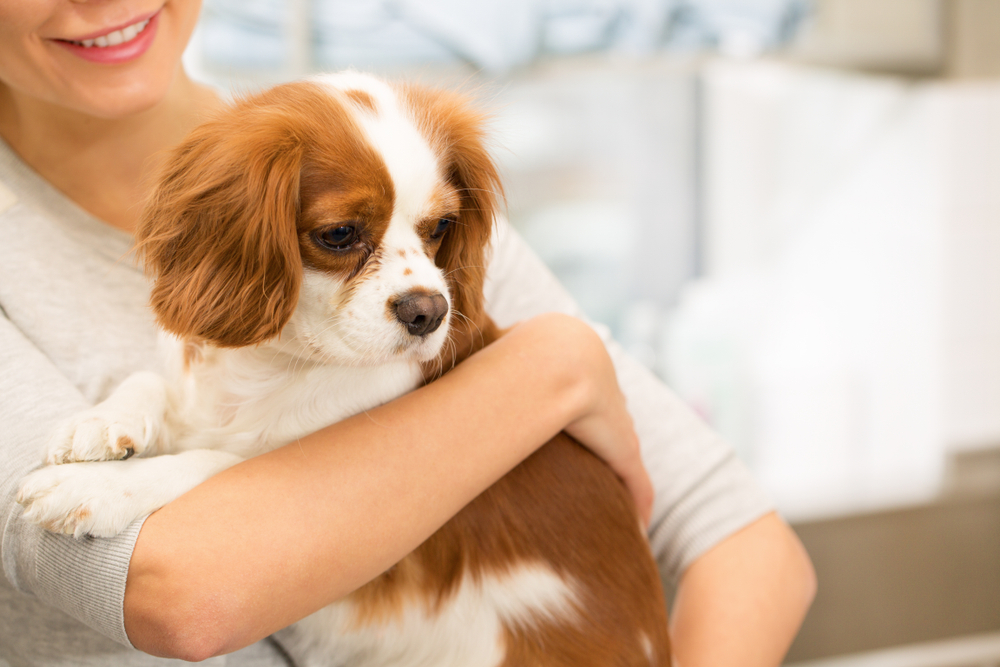
10. Stay in Touch With Your Veterinarian
Make sure to stay on top of veterinarian appointments and avoid skipping any days. If you have to miss a day, make it a priority to reschedule as close as possible to the original appointment date.
Your veterinarian can determine if your puppy is growing at a healthy rate and if any dietary changes should be made. It’s also helpful to go to appointments prepared with questions. You can ask your vet about any concerns you have about your pet’s eating habits or health. They can also help you determine when it’s appropriate to start shifting your puppy to eating adult dog food.

Conclusion
Being mindful of how you feed your puppy is essential to responsible dog ownership. Your pet has individualized dietary and nutritional requirements, and meeting these needs can significantly improve their growth and development.
Finally, remember that you’re not alone in this journey. Don’t hesitate to consult your veterinarian and other canine professionals to ensure that your puppy is eating healthily and getting all their nutritional needs met.
Also see:
- New Puppy Checklist: Vet-Approved Supplies
- Hand Feeding Your Puppy: Are There Any Benefits? (Facts & FAQ)
Featured Image Credit: Switlana Sonyashna, Shutterstock







